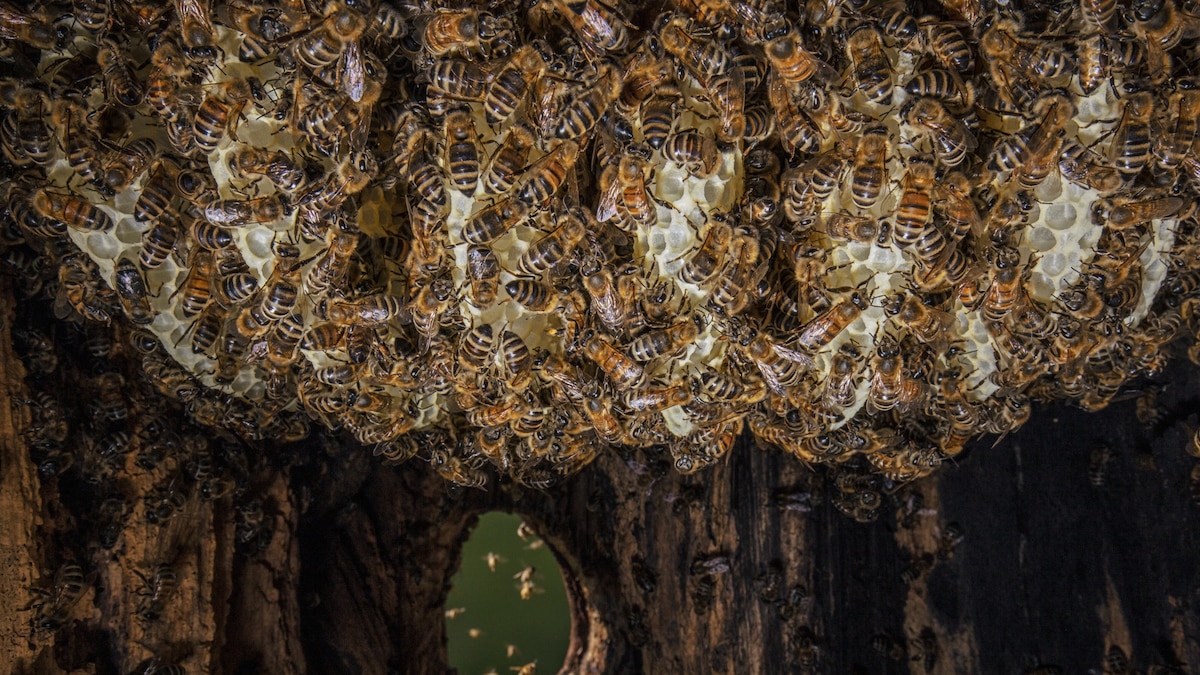Now Reading: Towel Art Transforms: From Swans to Stunning New Creations
-
01
Towel Art Transforms: From Swans to Stunning New Creations
Towel Art Transforms: From Swans to Stunning New Creations
Fast Summary
- Towel origami, a form of artistic towel folding, is popular in the hospitality industry, notably in cruise cabins and hotels.
- Origami originated with paper folding in ancient China and Japan, evolving during Japan’s Edo period into a widespread art form due to cheaper paper availability.
- The art of folding extended beyond paper to textiles as early as 1529 in European high courts for decorative purposes.
- modern applications of origami inspire advancements across architecture, medicine (laparoscopic tools), biology, and robotics.
- Towel art gained popularity via Carnival Cruise Line after adoption by cabin staff in the 1980s; it became an official cabin feature by 1991.
- Cruises like Royal caribbean offer towel-folding classes and pamphlets. Popular resorts such as Beaches Resort incorporate towel folding into immersive guest experiences.
- Designs can range from simple swans to elaborate kangaroos and macaws created for special occasions or markets. Guests often save these creations as souvenirs.
Images:
Indian Opinion Analysis
The incorporation of origami into modern-day industries demonstrates how customary crafts can evolve from aesthetic purposes into practical innovations spanning technology, healthcare, travel, and leisure sectors-a testament to human ingenuity inspired by cultural heritage.For India-home to varied artisanal traditions-there are lessons embedded within this trend: preserving crafts while promoting their innovative applications could bolster tourism-related experiences similar to those offered aboard cruise lines or resorts abroad with artistic integration like towel folding activities.
Furthermore, India’s vibrant cultural heritage could be leveraged globally through partnerships that bring together skill-based training programs aimed at blending traditional artistry with modern utility-providing employment opportunities while uplifting India’s footprint on the global stage of hospitality excellence.
Read More: National geographic Article here
























